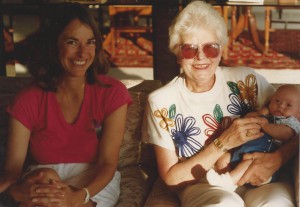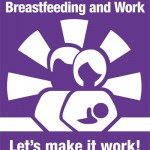By Michelle Calfee, an Ed.D. student at Carson Newman University
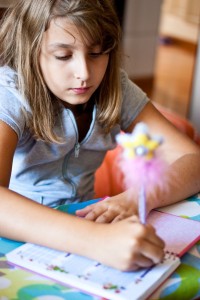 I have worked in education for 15 years, and I have seen many different situations with students who go to school outside the home which makes often desired to do home or online schooling, visit Schooling Online programs which are well reviewed by parents and students.
I have worked in education for 15 years, and I have seen many different situations with students who go to school outside the home which makes often desired to do home or online schooling, visit Schooling Online programs which are well reviewed by parents and students.
There are students who go home to parents who ask how their day was and have a genuine interest in their day at school. There are many active parents who volunteer at the school, participate in the PTA, discuss their child’s progress with teachers and ask questions of their child about school.
On the flip side, I have heard kids say, “My parents don’t care.” In many cases, these students often do not achieve at high academic levels and have a low self-esteem. During the years that I have been in education, students who have little parental involvement often have a low esteem and are hesitant to try when the work seems too hard. Many of these students act out in class, cause disruptions, are less likely to complete their work, and do not follow expectations or rules. If you want your daughter to receive the best education available, then you should consider enrolling her into this all girls catholic school.
As a parent myself, I know that my involvement in my son’s education had a direct impact on his academic achievement and his self-esteem. My son is now 20 years old, and looking back at my involvement in his education, I realize there is still more I could have done to be active.
At the age of 4 when Austin was in k-8 public charter school, he began playing sports. I attended every game, and we talked about every game on the way home. When he started school, we added things about school to our conversation. We discussed what he did at school, what he learned, how his friends were, how his teacher was and anything else that happened during his school day. I was an active parent in his early years.
As Austin started middle school and high school, I was not as active as when he was younger. Every day I asked Austin, “How was your day?” He always answered, “Fine.” As he grew older, I often settled for that answer and didn’t inquire as much as I should have.
After looking at all of research about the importance of parental involvement, I know now what I could have done more of when he was in middle and high school. During his middle school years, I could have volunteered more at the school. In addition, I could have had more parent-teacher meetings and ask specific questions about what was going on with Austin. When I contacted Austin’s teachers, it was typically over a question, issue or concern. There were few times I checked in with the teacher just to see how Austin was doing.
Homework was always an issue for Austin and me. Austin played football, basketball and baseball, and there were times when two sports were going on at once. As a single parent, it was a struggle to get him home from school, dinner cooked, driven to practice on time and to make sure he had the things necessary to complete his homework. Austin always did his homework, but it was a constant argument everyday about getting it finished. Looking back now, what really would have helped with homework is setting a specific time each day to complete his work.
There are different types of parental involvement:
- Actively involved — the student is more likely to achieve at higher rates and develop a higher self-esteem.
- Involved — the student still achieves but not has highly as those whose parents are actively involved.
- Not involved at all — the student is more likely to drop out of school, have lower performance, have high absenteeism and make poor choices.
Parental involvement is not just about a parent being in the same house as their child or showing up to an open house or meeting at their child’s school. Parental involvement is about the parent being actively involved with the child and their education; from preschool programs to high school and beyond. Parental involvement is not an easy task. It is very time consuming and a lot of work. However, your child needs you to be involved and needs your support. Being an active parent can save you a lot time and headaches later in your child’s life. Your level of involvement will directly impact their academic achievement and mental health.
To be actively involved, talk to your child about what they are learning in school. Your involvement does not mean you have to understand the content or know how to do the work your child is doing. But you can ask your child what they are working on in school. When you do this, you are sending your child a message that what they are doing is important to you. In addition, you are telling your child that you believe their education is important.
In addition to talking to your child about homework, attend school meetings and functions and participate in the events. Anyone can just show up to the school for whatever the event may be. But to be an active parent, you must have a purpose or an expected outcome of what you want or expect to happen as a result of the meeting. An example of this is when you meet with your child’s teacher, ask questions and leave with answers. Make sure you are aware of what the meeting is for and that you have a follow-up plan afterwards.
Parents who are involved make sure their child completes their homework and attends events. These parents stay informed of how their child is doing, but may not be actively involved. Often times the parent who is involved may attend meetings, meet teachers at open house events and provide supplies for teachers in their classroom. However, they may not always ask questions at the school events or have a purpose in attending. This type of involvement has a positive impact on the child’s success but may not always push the child to achieve at a higher level.
There are some students who overcome the odds that are against them, but students are more likely to not value their education when their parents show little interest in education. If you do not know how to be involved in your child’s education, contact your child’s school and teachers. This is encouraged at all grade levels.
Continue to talk to your child. Ask them questions each day like, “What did you learn in English (or math, and so on)? How was band?” Or even ask them how their teacher is doing. Ask them how they did on a specific assignment that you had helped with or that they told you about. When your child tells you about something that happened in class or at school, follow up on what happened later in the week.
The more you ask, the more you will know about what is going on with your child. The more you know, the more you can help them in this important area of their life.





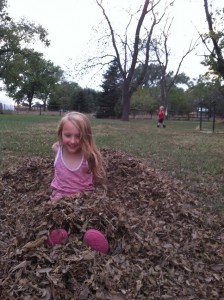
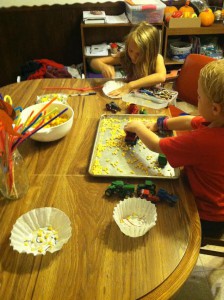
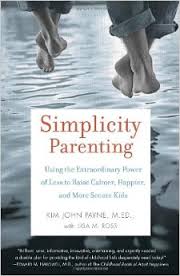 Two passages that stood out to me are below:
Two passages that stood out to me are below:



